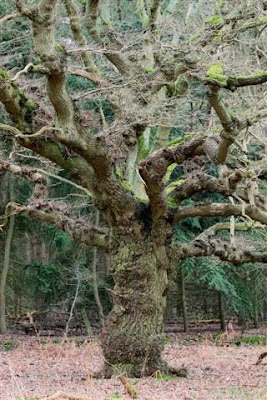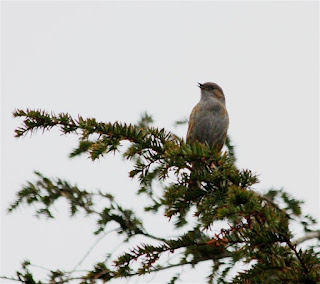The weather has not let up this week but I have managed a few brief forays to stretch the legs inbetween the showers. A week ago the pond on Bookham Common was alive with Toads and a few Frogs. I previously posted a few more images on my FABirding blog.
This week the only inhabitants were Moorhen, Coot and two male Mallard keeping very close company.
Chiffchaffs were announcing their recent arrival everywhere and the repetitive song of a Song Thrush drifted through the woodland on the breeze.
I headed into one of the woods to check on progress. Lots of young green shoots emerging but I guess it will be at least another 3 to 4 weeks before the bells will erupt and turn this into a carpet of blue but there were plenty of wild primroses (Primula vulgaris) dotted about the floor. Its name comes from the latin for 'First Rose' and the five petals represent birth, initiation, consummation, repose and death.
Heading out of the wood I disturbed a Pheasant who promptly strutted away!
A detour along a path between open fields where there was recent evidence of the art of hedge-laying. The effect of thinning out, cutting and then layering will rejuvenate growth and provide a very effective stock-proof barrier plus, in time, fresh habitat for nesting species.
A domesticated Guineafowl feeding in one of the fields.
A view through the railway bridge where I decided to retrace my steps as another band of of rain clouds were moving in. High over the wood I heard the call of a Common Buzzard and then had a distant view of two individuals as the effortlessly drifted away following the treeline.
There are hundreds of old Oaks throughout the various woods; many pollared long ago; and in order to give them breathing space vast areas are being thinned out. Large areas of scrub has also been cleared to rejuvenate the natural grassland that supports a wide range of insect life that provides food for both resident
and the returning migrant bird species, such as the Nightingale. Breeding territories of this evocative songster have fallen over recent years and it is hoped that the current management plan will help to provide better conditions for the future. I always look forward to making early morning visits to listen for the Nightingales arrival and this year will be no exception. FAB.

















.JPG)
























.JPG)












